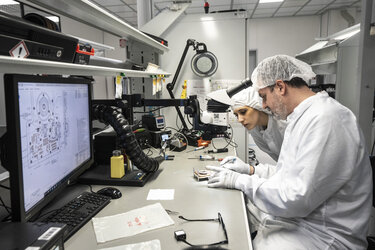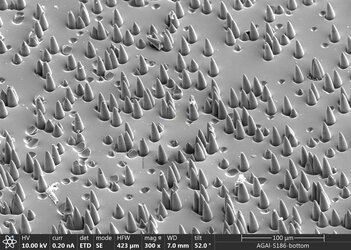

Atomic clocks at ESTEC
Atomic clocks at ESTEC's Navigation Laboratory: the container on the far right of the image houses an active hydrogen maser atomic clock - an order of magnitude more accurate than the passive hydrogen masers aboard each Galileo satellite, themselves accurate to one second in three million years. The rack to its left houses additional caesium clocks, with a clock comparison system to its left and a clock distribution system to send data to users visible on the left hand side of the image.
Once Galileo services start, ESA’s Navigation Lab will play an important role independently validating Galileo timing performance. Its atomic clocks, offering precise timings for ESA missions and experiments, are also contributing to the global setting of Coordinated Universal Time (UTC), the replacement for GMT.





